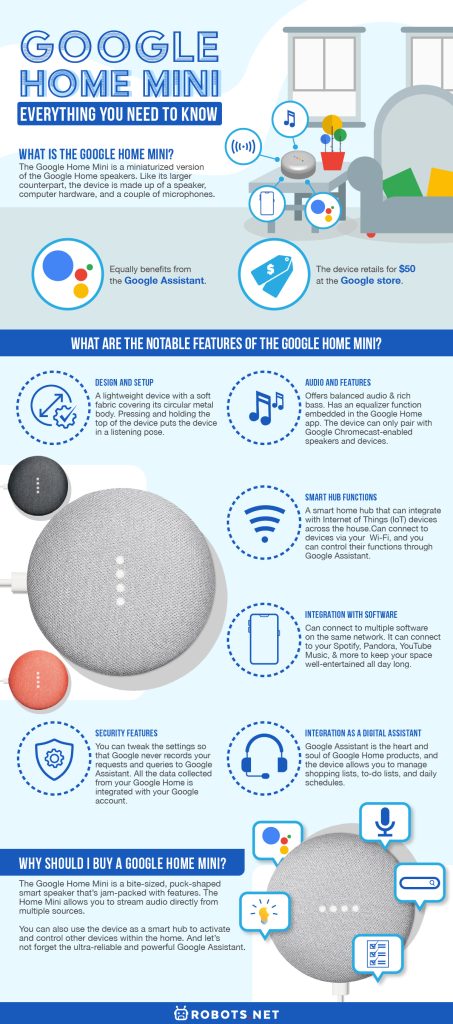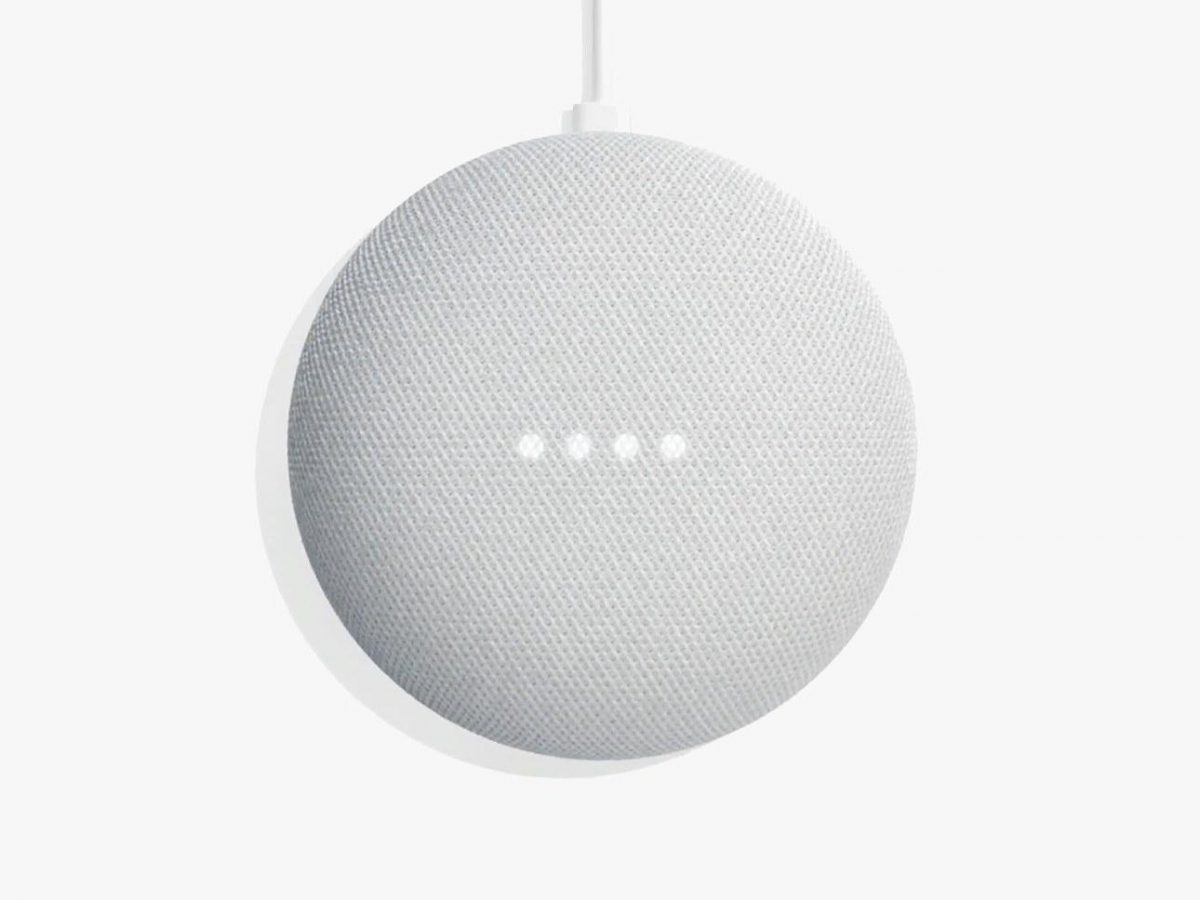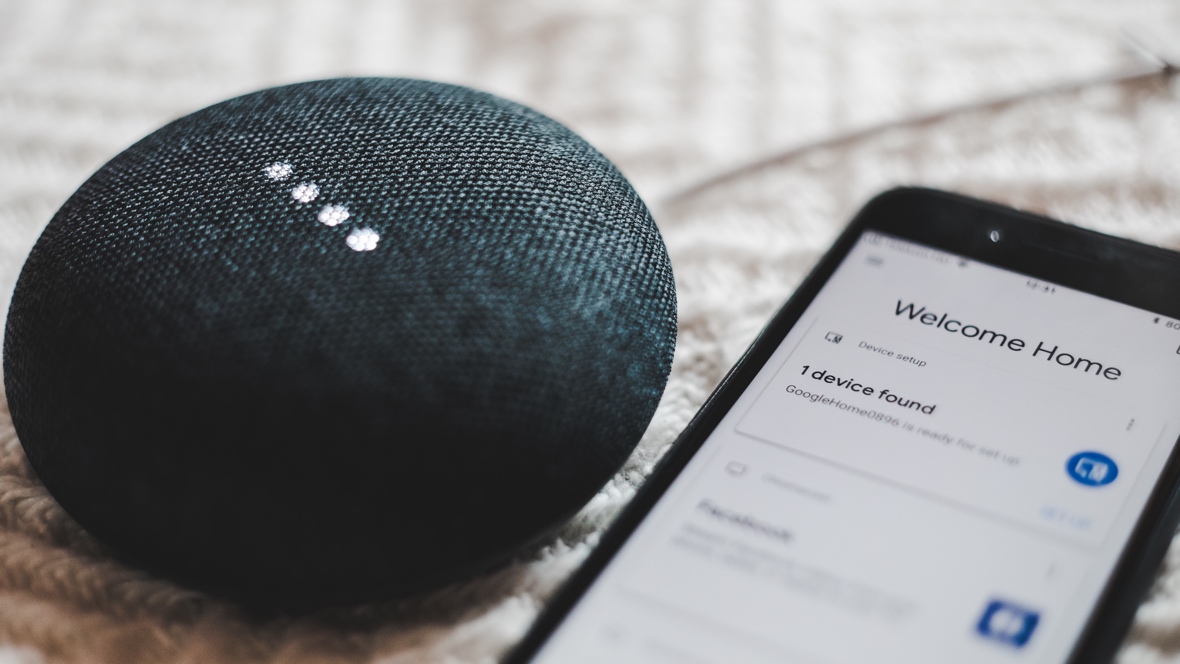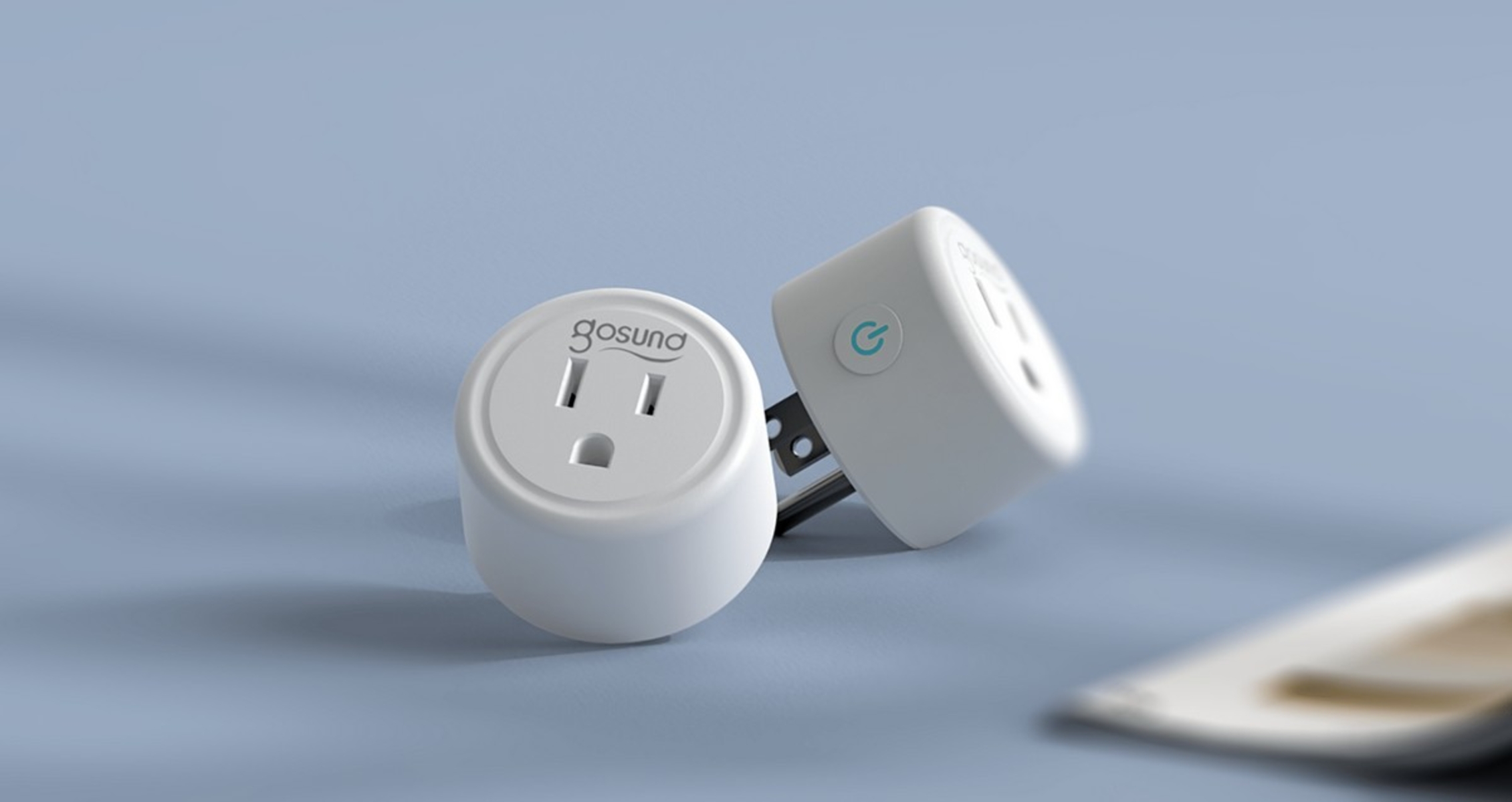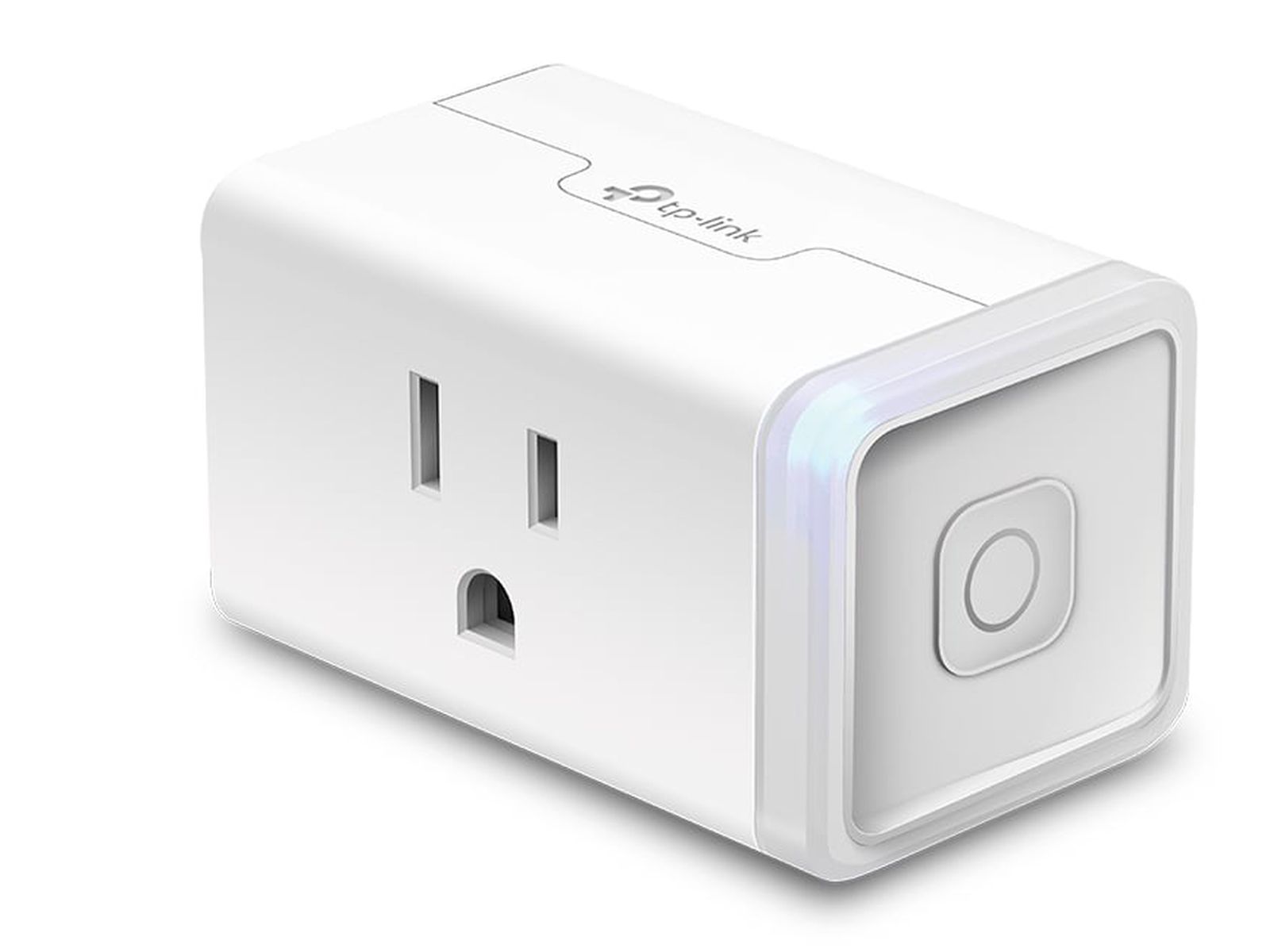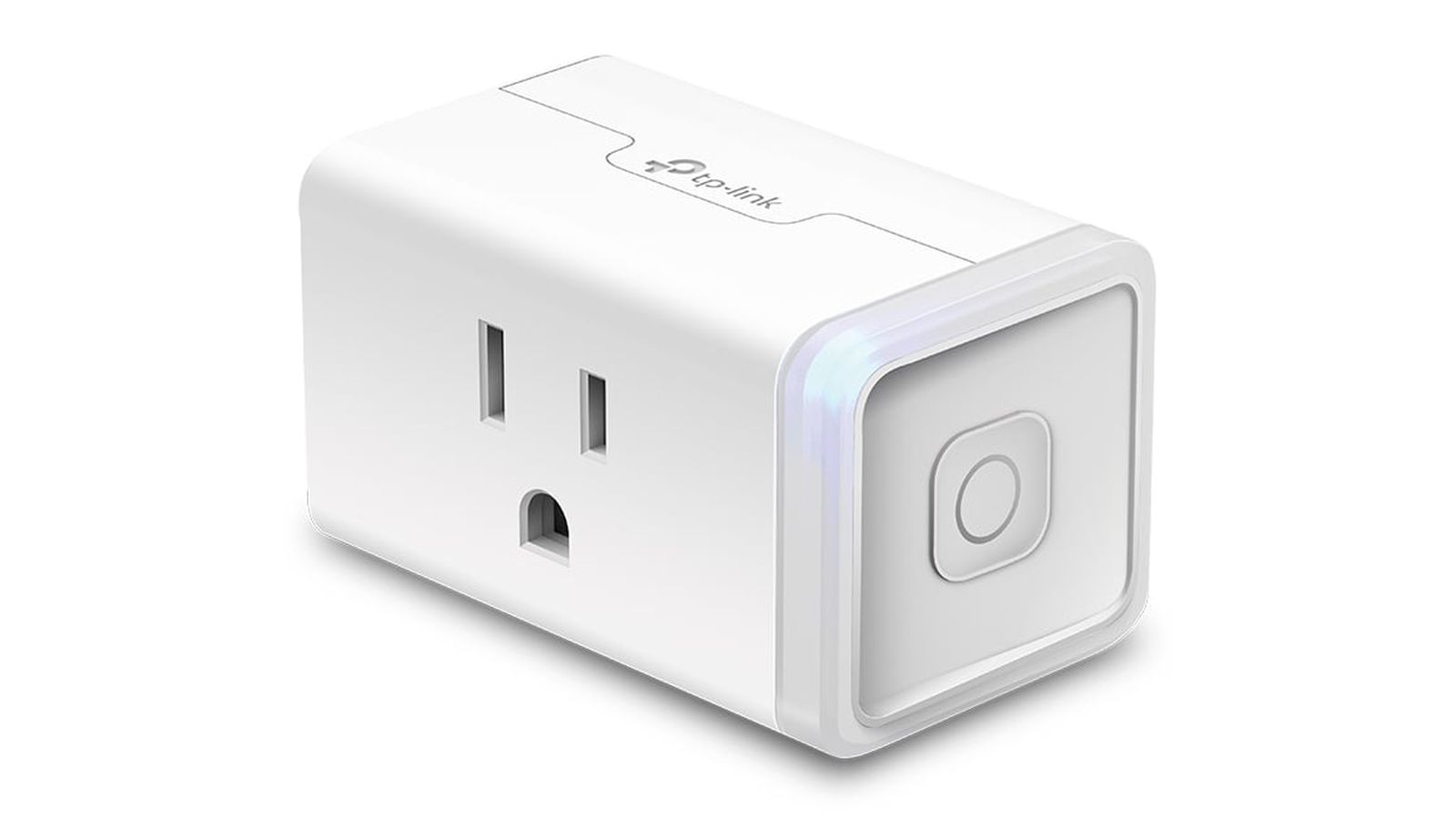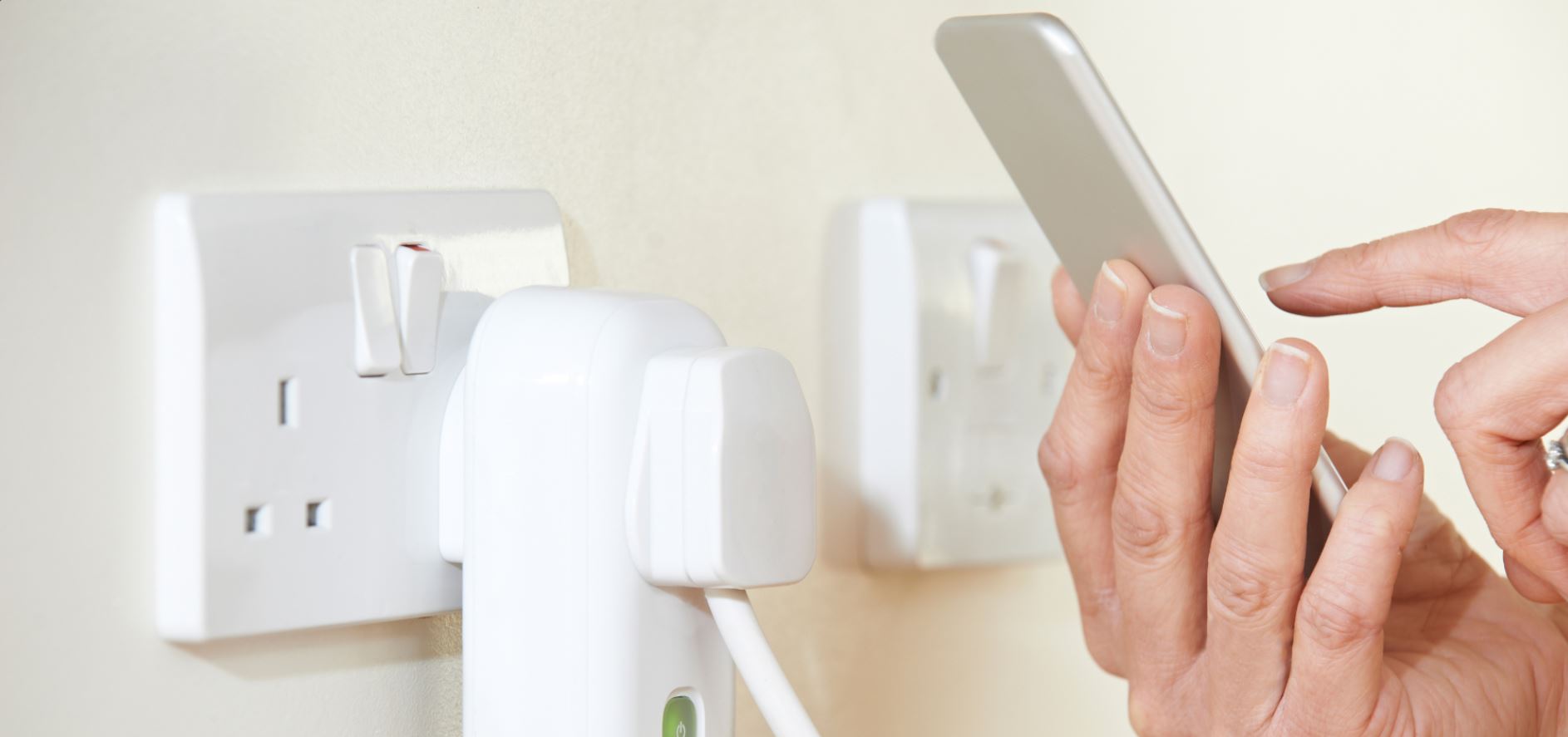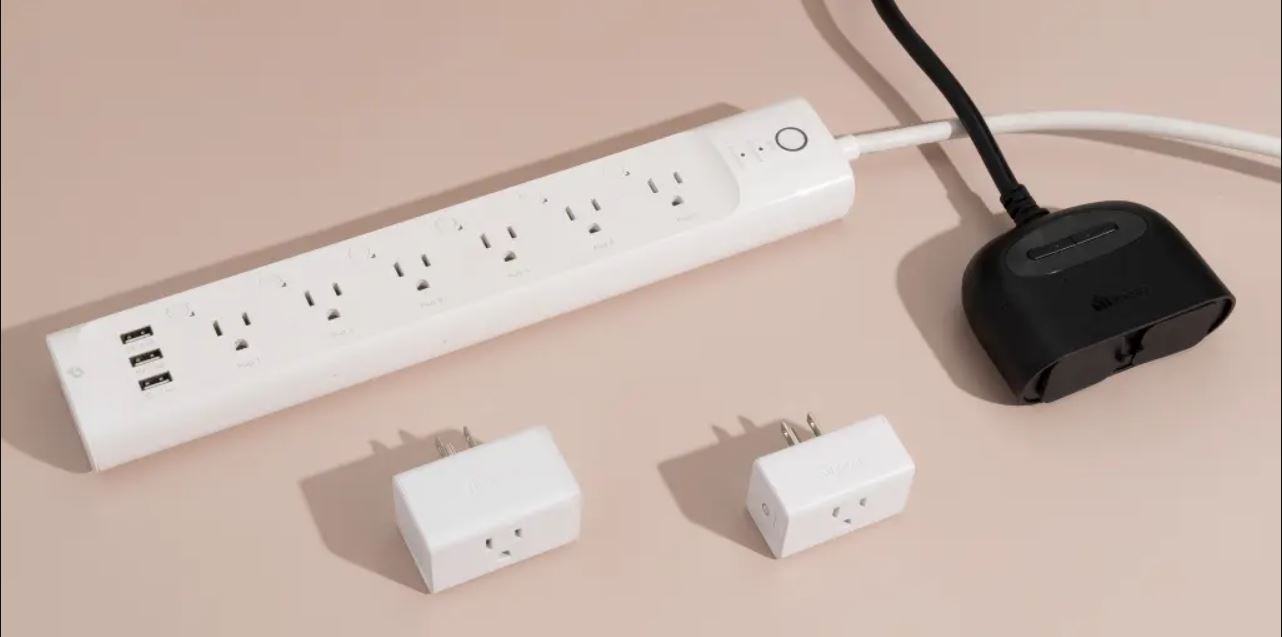The Google Home Mini may be tiny, but it’s packed with features that can more than match any smart speaker out there. Its sleek and compact design has a wide range of functionality to pack a punch and improve your everyday living. The Google Home Mini can play music, answer questions, and control your other smart devices in the home. But aside from those basic functions that we already expect from a smart speaker, the Google Mini has more to offer. Let’s find out what makes this tiny device stand out from its larger counterparts, and if it’s worth making the purchase.
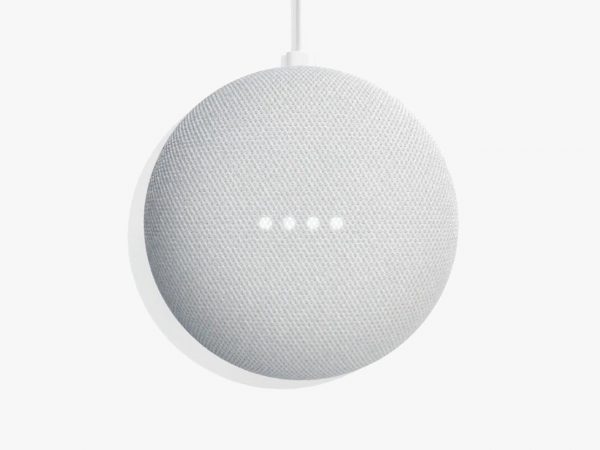

What Is the Google Home Mini?
Google Home is part of Google’s line of smart speakers. Like most smart speakers on the market, the Google Home line enables users to use voice commands to interact with Google Assistant, the company’s digital assistant, and execute certain tasks. Aside from integration with Google Assistant, the device is also integrated with other in-house services that allow users to view media files (e.g. photos, videos, music) and receive news updates entirely through voice.
All devices within the Google Home product range are also designed to act as smart hubs for other smart devices in the home. They allow users to control and manage other smart speakers and appliances throughout the home.
The Google Home Mini is a miniaturized version of the Google Home speakers. Like its larger counterpart, the device is made up of a speaker, computer hardware, and a couple of microphones. Google Home Mini is the third release in a series of Google Home products, alongside Google Home and Google Home Max. The device retails for $50 at the Google store.
What Are the Basic Abilities of the Google Home Mini?
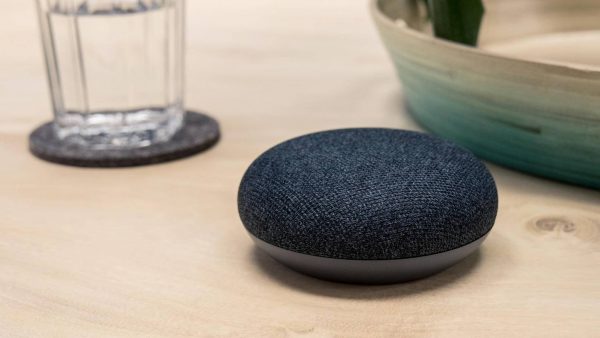

Just like its larger siblings, the Google Home Mini equally benefits from the Google Assistant. The Google Assistant gives the device the ability to listen in and respond to your voice commands and queries. The Google Home Mini also has a much smaller, macaron-like appearance compared with the cylindrical form of the original Google Home. The device has a fabric top with touch control and white-colored status lights that act as indicators. It also possesses the standard power button and a mute switch to allow users to control when the device listens for the Google Assistant command.
What Are the Notable Features of the Google Home Mini?
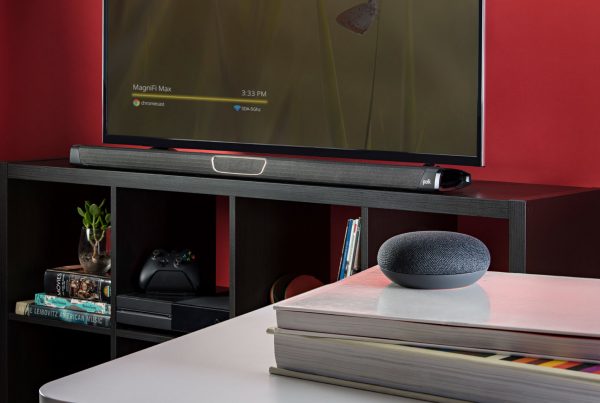

The Google Home Mini may be a tiny little device, but it has almost identical functions to the original Google Home and Google Home Max. It’s shaping up to be a direct contender for the Amazon Echo Dot when it comes to providing information, entertainment, and overall control over other smart devices. Let’s find out just what it is that makes Google Home Mini stand out in its own right:
Design and Setup


The Google Home Mini is not only a smaller and cheaper version of the original Google Home, but it also possesses a substantially different appearance and layout from the original. The device looks a lot more like the Amazon Echo Dot, also considered its direct competitor. The Google Mini is a lightweight device with a soft fabric covering its circular metal body. Beneath the fabric covering are touch panels that control volume and play/pause functions. Pressing and holding the top of the device puts the device in a listening pose, ready for any query on the internet or a command to play music, podcasts, and other related tasks.
There’s also a microphone button at the side to control when the device should listen in for the trigger words. Four LED lights turn on when you activate Google Assistant, and you can also turn on an accessibility feature that makes the Mini produce a sound when you call its attention. The device also possesses a standard USB power port for charging as well as a reset button at the bottom.
The Google Mini doesn’t have much in the way of buttons, but what it has is sufficient to make navigation of the device easy. The touch panels are also a subtle addition to the LED lights, which makes it fun to control volume and playback. The only other complaint we have about the Mini’s physical design is the lack of built-in batteries, which means you have to plug in the device at all times while in use.
Audio and Features
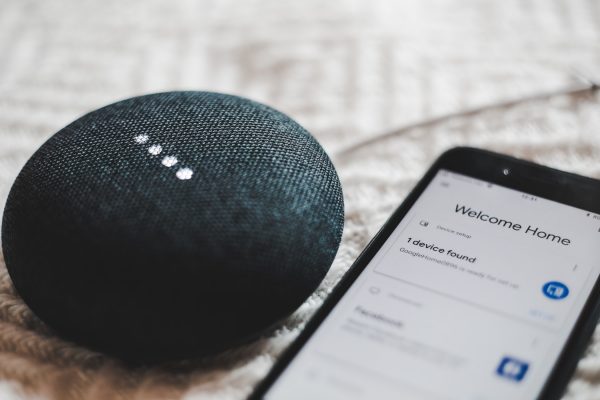

The Google Home Mini is complete with functional controls, but there’s a catch to its small design as it turns out. The diminutive profile of the Mini may give the impression of weak sound. However, the device offers balanced audio and rich bass. If you don’t like bass too much, then you can always adjust it through the equalizer function embedded in the Google Home app. The app will allow you to control bass and treble levels for each of your Google Home smart speakers.
The device’s microphones are also sensitive enough to pick up voice commands from within a radius of 40 feet or 12 meters. But when it comes to sound range, there’s a little bit of an issue. Its sound range can only take up to 20 feet or six meters. This range is ideal for playing music in a normal-sized room, but perhaps not suitable for a larger venue like a lecture hall or garden. Echo Dot had the same problem, but the device comes embedded with the ability to send audio to external speakers.
You can also extend music to other external speakers through Google Home Mini. However, the device can only pair with Google Chromecast-enabled speakers and devices. That would entail a Chromecast dongle that’s connected to a Chromecast-enabled device. We won’t go further into the details of the setup. Still, once Chromecast is linked to Google Home, you can control the Chromecast device through your Mini. You can instruct Chromecast to play a specific song by speaking with your Mini (i.e. “Hey Google, play Radiohead’s All I Need”). Besides this, you can control the volume, the playback functions, and more on your Chromecast.
Smart Hub Functions


The Google Home Mini can work perfectly well by itself, but it is also a smart home hub that can integrate with Internet of Things (IoT) devices across the house. The Google Home app can connect to devices via your Wi-Fi, and you can now control their functions through Google Assistant once the connection is established. You can instruct the devices to dim lights, control your thermostat, or lock your doors. In fact, you can create custom routines to set up multiple commands for one trigger word. For example, you can say, “Hey Google, it’s game time” to dim the lights and crank up the volume on your smart TV at the same time.
Integrating the Mini with the Google Home Hub will also allow you to control other Google smart speakers in the home, old and new versions included. The Mini can be used to instruct a smart speaker from another room to play music, search queries, etc. You can also use Google Home broadcast as an intercom to make announcements around the house and drop in and speak with other family members who are at a different room. You can also use your Android or iOS phone to broadcast a message through all the smart speakers in the house.
Speaking of gadgets, there are plenty of them that can respond to your voice-activated commands. Examples include the Philips Hue lightbulbs, Honeywell thermostats, Nest security cameras, Bravia TVs, and more. For a complete list of devices that work with Google Home, check out this list of services and smart devices that works with Google Home. Also, check out this list of the best IoT benefits for smart homes to learn why you should incorporate more smart items to your house.
Integration with Software
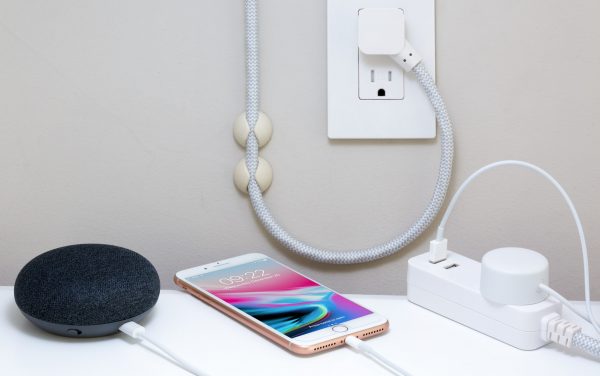

The Google Home Mini can connect to multiple software on the same network. As a smart speaker, it can connect to your Spotify, Pandora, YouTube Music, and more to keep your space well-entertained all day long. You can request songs by artist, album, or even by lyrics that you can recall off the top of your head. And suppose you happen not to have a subscription to any of the streaming services we’ve mentioned, the device can still automatically select free playlists from YouTube music. And if you get tired of listening to music, you can get the device to play podcasts, news reports, and even play white noise. The sounds it can play aren’t limited to white noise either. You can ask for specific tracks like the pattering of rain or wildlife living in the forest to help you focus on your tasks better.
Integration as a Digital Assistant
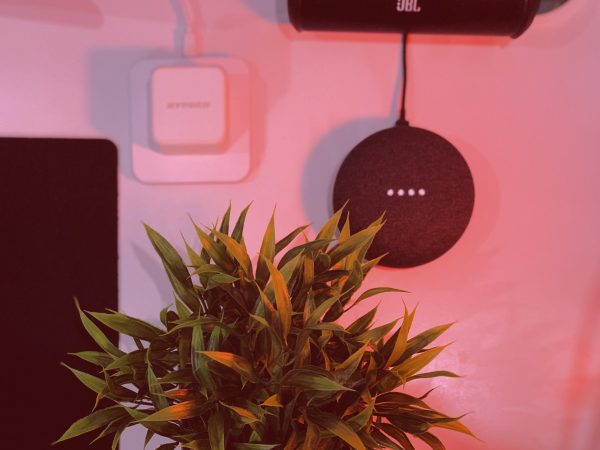

We also cannot forget its integration with Google Assistant, which is arguably the smartest digital assistant available today. Google Assistant is the heart and soul of Google Home products, and the device allows you to manage shopping lists, to-do lists, and daily schedules, or even broadcast text-to-speech announcements through your home. The device also screens phone calls and checks appointments and emails. You can also broadcast your message to other smart speakers inside the home to communicate with your family members located at other places of the house.
Google Assistant also has the uncanny ability to locate your missing phone or misplaced keys. Tell Google Assistant where you placed your keys, so you can ask Google where you placed it if you can’t find it. If you misplaced your phone, it could also use the GPS tracker to locate it within your home. You can also request Google Assistant to crack a joke or two or play a short game with you. You could also call your friends, family, and businesses in the area by using your voice. Voice calls are currently limited to within the U.S. but we’re expecting Google to expand that feature towards other territories in the future.
Another notable aspect about Google Assistant is its use of machine learning, which means it’s continually growing and maturing to offer better responses to your queries. It’s also becoming more human-like in responses over time. You can read this piece on how machine learning works to work more efficiently. Even now, the device can learn your voice to distinguish you from other people and give you customized results to your commands. In the future, we can only expect Google Assistant to improve much further or even exceed Alexa in terms of functionality.
Security Features
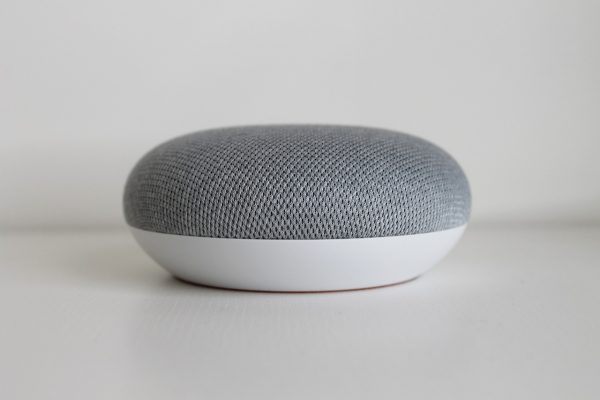

Amazon and Google have always been the recipient of big data security concerns. Amazon has taken the brunt of ridicule after it was revealed that our interactions with Alexa were being recorded and saved. At the heart of the issue are false-positive recordings, which happens when Alexa wakes and starts recording without your instruction. Amazon takes a small sample of these recordings for study, presumably to refine Alexa’s responses to queries. There were even cases of the recordings being sent to other people due to misheard instructions. Here’s a detailed explanation of what triggers Alexa and how you can stop it.
Google also records conversations with Google Assistant, but this is to forward requests from Google search information. Recordings of requests and queries made are temporarily stored in your Google account. From there, you can view and manually delete those recordings. You can also tweak the settings so that Google never records your requests and queries to Google Assistant. Google also stated that they would delete recordings automatically, but only after 18 months by default. Google Assistant also has the notable advantage of being able to handle free-from queries better than Alexa. This means that it can understand the meanings behind words and sentences better than Alexa can. The further implication being it will make far fewer mistakes and less false-positive recordings than Alexa.
Here’s another thing. All the data collected from your Google Home is integrated with your Google account. That’s a deep well of private information per person that Google needs to protect. This is why they’ve put in additional measures in the form of two-factor authentication, data encryption, and incident management. Google also introduced voice or face recognition options to open your Google account.
Affordable Price
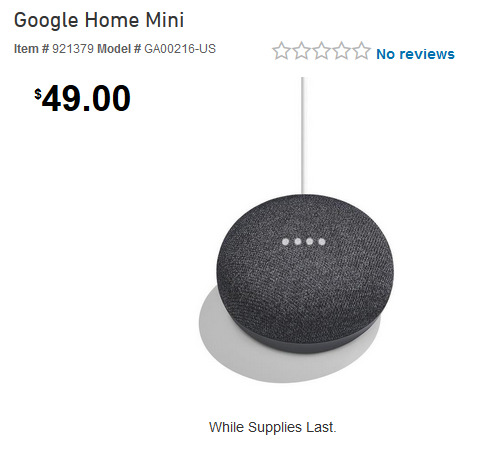

The Google Home Mini retails for approximately $49, but you can probably purchase it for less depending on the store you’re buying it from. This cost point is already a steal for this quality of a smart speaker. And it also makes the Google Home Mini one of Google’s cheapest devices ever released. The price is almost seventy dollars short of the original Google Home (which retails for $129) and significantly cheaper than the Google Home Max, which retails for $399.
The Amazon Echo Dot also boasts of the same exact price at $49, so there’s really no difference between the two devices in terms of cost. And as was pointed out by Google online, Google Home and Google Home Mini have identical functionality except for the sound quality and physical size. When it comes to cost effectivity, the Google Home Mini takes home the bacon.
Why Should I Buy a Google Home Mini?
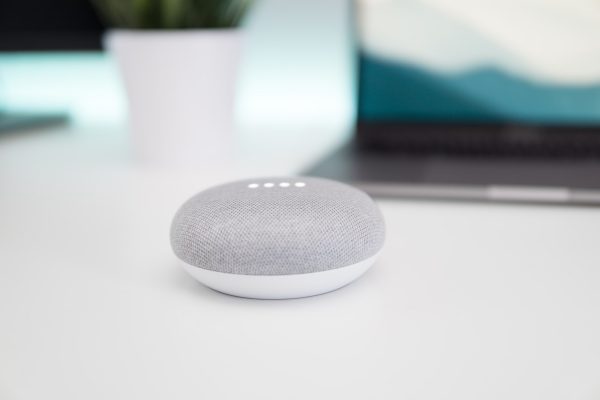

The Google Home Mini is a bite-sized, puck-shaped smart speaker that’s jam-packed with features. It’s cheaper and more compact than its siblings in the Google Home lineup. And at a starting price of just $49, it’s a direct competitor to the Echo Dot. The Echo Dot has a lightweight and sleek design that’s easy on the eyes. You can practically put the Home Mini anywhere, from your office desk to your dorm room and your bedside table. The Google Home Mini has also proven itself to be much safer to use than the controversial Amazon Alexa.
The Home Mini allows you to stream audio directly from multiple sources. This includes the streaming apps on your phone or the Chrome browser on your laptop. Audio quality is also impressive, considering its size. We also appreciate the fact that the device alternates as a walkie-talkie or intercom throughout your home when you need to speak to other family members. On the opposite end, you can also use the device as a smart hub to activate and control other devices within the home.
And let’s not forget the ultra-reliable and powerful Google Assistant. The groundbreaking artificial intelligence platform has many more functions and capabilities than Alexa. To cite an example, it can handle three commands at once while Alexa can only handle one command at a time. It’s also common knowledge that Google Assistant has a much better conversational ability than Alexa. It’s also better at giving directions and detecting individual voices than Alexa.
Final thoughts on Google Home Mini
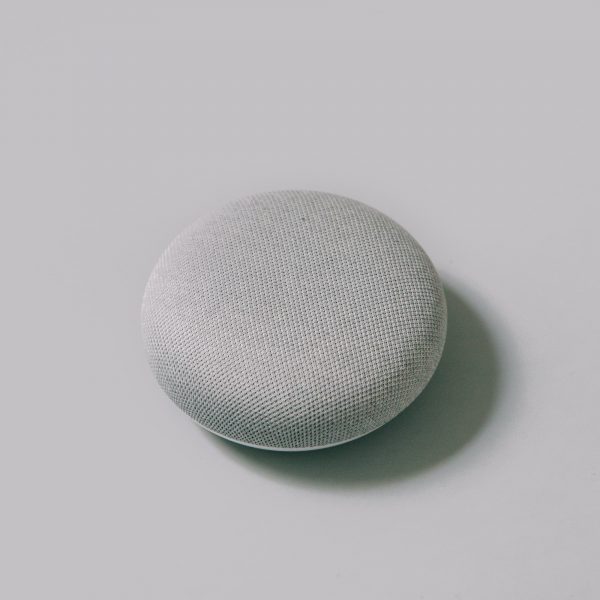

The Google Home Mini offers the perfect combination of simplicity, sophistication, and functionality. The device is practically a Google search engine, music speaker, alarm clock, timer, and a number of other apps combined in one device for all of the functionality it offers. The Google Home Mini may not be as competitive as its larger siblings in terms of capabilities, but it’s already a heavy taste of the Google Home experience in such a tiny device.
And we shouldn’t forget that it’s supposed to be a much more secure digital assistant than the Amazon Alexa. If you are new to smart speakers and just want to give digital assistants a try, then the Google Home Mini is a significant starting point. Alternatively, you can try out the Amazon Echo Spot.
